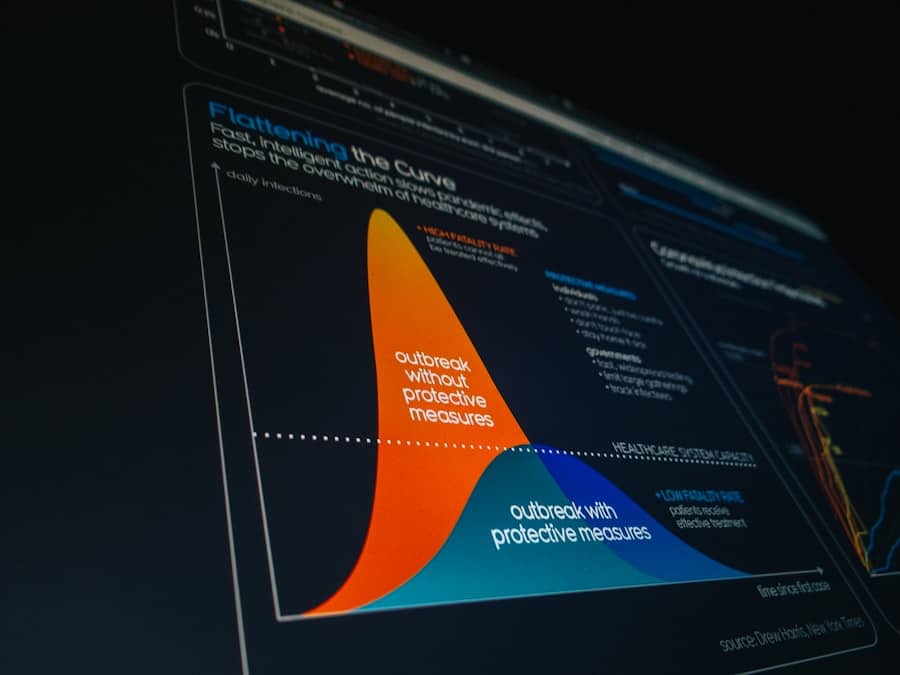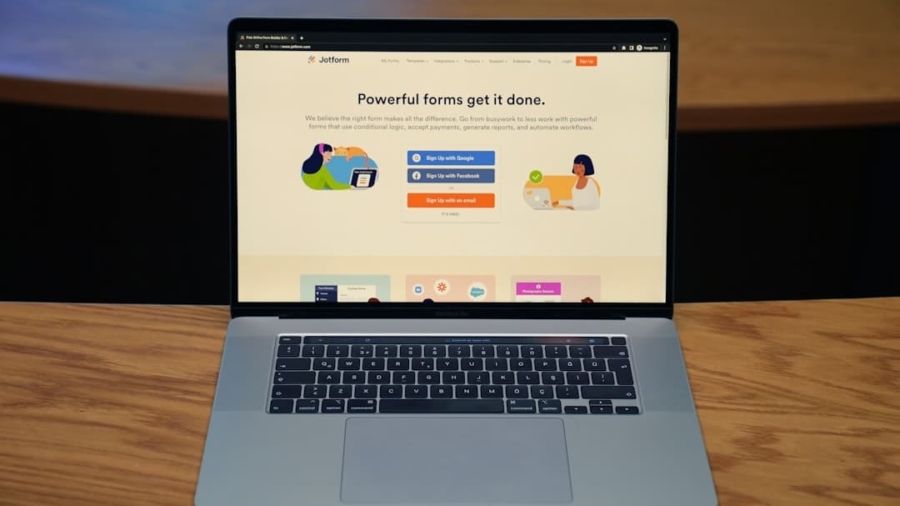The journey of digital textbooks began in the late 20th century, coinciding with the rise of personal computing and the internet. Initially, these digital resources were mere replicas of traditional print textbooks, often lacking interactivity and engagement. The first iterations were primarily PDF files or simple eBooks that provided basic text and images, but they did not leverage the full potential of digital technology.
As educational institutions began to recognize the limitations of static content, the demand for more dynamic and interactive learning materials grew. This shift was fueled by advancements in technology, including faster internet speeds, improved software capabilities, and the proliferation of mobile devices. As technology continued to evolve, so did the design and functionality of digital textbooks.
The introduction of e-readers and tablets transformed how students accessed educational materials. Publishers began to incorporate features such as hyperlinks, embedded videos, and interactive quizzes into their digital offerings. This evolution marked a significant departure from traditional textbooks, allowing for a more engaging and immersive learning experience.
The integration of multimedia elements not only enhanced the visual appeal of textbooks but also catered to diverse learning styles, making education more accessible to a broader audience. By the early 2010s, digital textbooks had begun to establish themselves as a viable alternative to print, with many educational institutions adopting them as part of their curriculum.
Key Takeaways
- Digital textbooks have evolved to include integrated multimedia, interactive features, and personalized learning options.
- Integrated multimedia in digital textbooks offers benefits such as enhanced engagement, improved understanding, and increased retention of information.
- Interactive features in digital textbooks play a crucial role in enhancing learning by providing opportunities for active participation and personalized feedback.
- Integrated multimedia in digital textbooks has a significant impact on student engagement, leading to increased motivation and interest in learning.
- The future of personalized learning with integrated multimedia holds great potential for catering to individual learning styles and preferences.
The Benefits of Integrated Multimedia in Digital Textbooks
Integrated multimedia in digital textbooks offers a plethora of benefits that enhance the learning experience for students. One of the most significant advantages is the ability to cater to various learning styles. Traditional textbooks primarily rely on text and static images, which may not resonate with all learners.
In contrast, multimedia elements such as videos, animations, and audio clips can engage visual and auditory learners more effectively. For instance, a biology textbook that includes animated diagrams of cellular processes can help students visualize complex concepts that would be difficult to grasp through text alone. Moreover, integrated multimedia can facilitate deeper understanding and retention of information.
Research has shown that students who engage with multimedia content tend to retain information better than those who rely solely on text-based materials. This is partly due to the dual coding theory, which posits that information is better remembered when it is presented in both verbal and visual formats. For example, a history textbook that combines narrative text with documentary footage or interactive timelines allows students to connect historical events with real-world contexts, thereby enhancing their comprehension and recall.
The Role of Interactive Features in Enhancing Learning

Interactive features in digital textbooks play a crucial role in fostering active learning and engagement among students. Unlike traditional textbooks, which often promote passive reading, interactive elements encourage students to participate actively in their learning process. Features such as quizzes, simulations, and drag-and-drop activities allow learners to apply their knowledge in real-time, reinforcing concepts through practice.
For instance, a mathematics textbook that includes interactive problem-solving exercises enables students to receive immediate feedback on their answers, helping them identify areas for improvement. Furthermore, interactive features can promote collaboration among students. Many digital textbooks now include discussion forums or collaborative projects that allow learners to work together on assignments or share insights.
This collaborative approach not only enhances understanding but also builds essential skills such as teamwork and communication. For example, a science textbook might include a virtual lab where students can conduct experiments together, fostering a sense of community and shared learning experiences that are often absent in traditional classroom settings.
The Impact of Integrated Multimedia on Student Engagement
The integration of multimedia elements into digital textbooks has a profound impact on student engagement. Engaged students are more likely to participate actively in their learning, leading to improved academic performance and satisfaction. Multimedia content captures students’ attention by providing varied stimuli that can make learning more enjoyable.
For instance, a literature textbook that includes audio readings of classic novels allows students to experience the text in a new way, making it more relatable and accessible. Additionally, the use of gamification—incorporating game-like elements into educational content—has been shown to significantly boost engagement levels. Digital textbooks that feature points systems, badges, or leaderboards can motivate students to complete assignments and participate in discussions.
For example, a language learning textbook might reward students with points for completing vocabulary quizzes or participating in interactive dialogues. This competitive aspect not only makes learning fun but also encourages students to take ownership of their educational journey.
The Future of Personalized Learning with Integrated Multimedia
As educational technology continues to advance, the future of personalized learning is increasingly intertwined with integrated multimedia in digital textbooks. Personalized learning tailors educational experiences to meet individual student needs, preferences, and interests. With the help of adaptive learning technologies, digital textbooks can analyze student performance data and adjust content accordingly.
For instance, if a student struggles with a particular math concept, the textbook can provide additional resources such as video tutorials or practice exercises specifically targeting that area. Moreover, integrated multimedia allows for greater flexibility in how students engage with content. Learners can choose from various formats—such as videos, podcasts, or interactive simulations—based on their preferences and learning styles.
This level of customization empowers students to take control of their education and pursue topics that resonate with them personally. For example, a science textbook might offer multiple pathways for exploring a topic like climate change, allowing students to select resources that align with their interests—be it through data visualization tools or documentary-style videos.
Overcoming Challenges in Implementing Integrated Multimedia in Digital Textbooks

The Digital Divide
One significant hurdle is the disparity in access to technology among students. While many learners have access to smartphones and tablets, others may lack reliable internet connections or devices capable of supporting advanced multimedia content. This digital divide can exacerbate existing inequalities in education and hinder some students’ ability to fully engage with digital resources.
Content Development and Production
Another challenge lies in the development and production of high-quality multimedia content. Creating engaging and effective multimedia resources requires significant time, expertise, and financial investment from publishers and educational institutions.
Professional development programs focused on technology integration can help teachers feel more confident in utilizing multimedia tools within their classrooms.
The Potential of Virtual and Augmented Reality in Digital Textbooks
Virtual reality (VR) and augmented reality (AR) represent exciting frontiers in the evolution of digital textbooks.
For example, a history textbook could incorporate VR experiences that allow students to explore ancient civilizations or witness significant historical events firsthand.
Such immersive experiences can deepen understanding by providing context that traditional textbooks cannot convey. AR technology also holds promise for enhancing digital textbooks by overlaying digital information onto the physical world. Students could use AR applications to scan images or diagrams within their textbooks and access additional content such as 3D models or interactive simulations.
For instance, a biology textbook might allow students to visualize anatomical structures in 3D when they point their device at specific illustrations. This interactive approach not only enriches the learning experience but also fosters curiosity and exploration among students.
The Importance of Accessibility and Inclusivity in Integrated Multimedia Content
As digital textbooks continue to evolve with integrated multimedia features, it is essential to prioritize accessibility and inclusivity in their design. Educational materials must be designed to accommodate diverse learners, including those with disabilities or varying language proficiencies. This commitment ensures that all students have equal opportunities to engage with content and succeed academically.
To achieve this goal, publishers must adhere to accessibility standards such as the Web Content Accessibility Guidelines (WCAG). This includes providing alternative text for images, captions for videos, and ensuring compatibility with screen readers. Additionally, offering content in multiple languages can help non-native speakers access educational materials more effectively.
By prioritizing inclusivity in integrated multimedia content, educators can create an environment where every student feels valued and empowered to learn. In conclusion, the evolution of digital textbooks has transformed the educational landscape by integrating multimedia elements that enhance learning experiences. As technology continues to advance, the potential for personalized learning through these resources will only grow stronger.
However, addressing challenges related to access and inclusivity remains crucial for ensuring that all students benefit from these innovations in education.
If you are interested in creating visually appealing layouts for digital textbooks, you may also want to check out this article on the best software for newspaper design. This article provides top picks for professional layouts that can help enhance the overall design of your digital textbooks. Additionally, if you are looking to incorporate animations into your textbooks, you may find this article on the best software for 2D animation helpful. And if you are working with piles of numbers and data in your textbooks, you may benefit from the recommendations in this article on the best software for working with piles of numbers. These resources can complement the integration of multimedia in digital textbooks and help create a more engaging learning experience for students.
FAQs
What are digital textbooks with integrated multimedia?
Digital textbooks with integrated multimedia are educational materials that combine traditional text content with various forms of multimedia such as videos, audio clips, interactive simulations, and animations. These multimedia elements are designed to enhance the learning experience and provide a more engaging and interactive way for students to consume educational content.
What are the benefits of digital textbooks with integrated multimedia?
Digital textbooks with integrated multimedia offer several benefits, including enhanced engagement and interactivity, the ability to cater to different learning styles, the potential for more personalized and adaptive learning experiences, and the opportunity to provide real-world examples and applications of concepts through multimedia content.
How are digital textbooks with integrated multimedia changing the future of education?
Digital textbooks with integrated multimedia are changing the future of education by providing more dynamic and interactive learning experiences, enabling educators to create more personalized and adaptive learning environments, and offering students access to a wider range of educational resources and content. Additionally, these digital textbooks have the potential to make learning more accessible and inclusive for students with diverse learning needs.
What are some examples of integrated multimedia in digital textbooks?
Examples of integrated multimedia in digital textbooks include interactive simulations that allow students to explore complex concepts, video demonstrations of experiments or real-world applications, audio clips of native speakers for language learning, and animations that illustrate abstract or complex ideas. These multimedia elements are designed to complement the text content and provide a more comprehensive learning experience.
How are digital textbooks with integrated multimedia being used in classrooms?
Digital textbooks with integrated multimedia are being used in classrooms to supplement traditional teaching materials, provide more interactive and engaging learning experiences, and cater to the diverse learning needs of students. Educators can incorporate multimedia elements into their lessons to reinforce key concepts, provide real-world examples, and create more dynamic and interactive learning environments.

